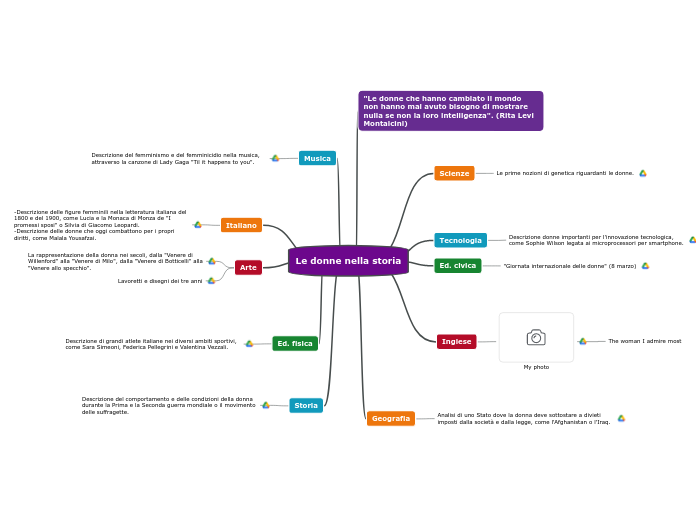ETICA DELLO SPORT
To name your story, you have to think about the overall message and what you want your audience to understand from the story. Also, make it relevant and easy to remember.
ETIMOLOGIA
Per risalire al significato della parola etica dobbiamo parlare prima di sport, lo SPORT infatti è divertimento e gioco ma non solo per far sì che ci sia lo sport devono esserci: le regole, le capacità e che la gara si tendete alla vittoria.
Etica deriva quindi dalla parola Etiké che significa morale cioè che si riferisce ai pensieri riferiti sia al bene che al male e quindi agli atteggiamenti delle persone.
NASCITA
The ending of a story is essential. We all know that if the ending is weak, what happened before loses its importance. So make it unpredictable, but fair. A resolved ending answers all the questions and ties up any loose threads from the plot.
Tutto nasce nel 1800 con De Coubertin, che affrontò il problema dell'educazione delle nuove generazioni. Capì che era importante incontrarsi perché solo così si poteva vivere in pace. Riprese le idea della antiche olimpiadi che erano così importanti che facevano fermare le guerre.
This is the closure section of the story.
See examples of possible outcomes below:
- all problems have been solved
- it's clear how each one of your characters ends up
- your main character is transformed by the challenge
Tra le sue opere più importanti ricordiamo una sola frase che rappresenta tutto: "L'importante è partecipare è questa l'essenza dello sport"
Try answering these questions in order for you to come up with a closure:
- Have all problems been solved?
- Is it clear what happens with all your characters in the story?
- Has the challenged transformed your main character?
- How do the characters feel in the end?
L'importante è incontrarsi, confrontarsi, impegnarsi e tendere alla vittoria con il massimo impegno a qualunque costo (non violenza o razzismo o doping)
Inoltre istituì i 5 cerchi intrecciati che rappresentavano la bandiera olimpica:
Try answering these questions to come up with a closure:
- Have all the problems been solved?
- Is there a clear picture of what happens with each character in the story?
- Has the challenge transformed your main character?
- How do the characters feel in the end?
Blu: EUROPA Nero: AFRICA giallo: ASIA rosso: AMERICHE verde: AUSTRALIA
CHI LA PROTEGGE?
The middle of the story is where you add layers of complications that will lead to the end. Reveal more about the character's journey. Did their personality go through changes? How did they overcome the challenges? And as you build up the story’s central conflict, make it more personal to that character. Also, from the middle act, you have to lead into the final act.
L'etica viene protetta dai governi, dalle organizziazioni sportive e dalle singole persone
Each story has a main character and that character usually needs to solve a problem or challenge. The character's challenge is the one that creates tension throughout the story.
CHI SONO GLI AVVERSARI?
Razzismo, violenza e doping










